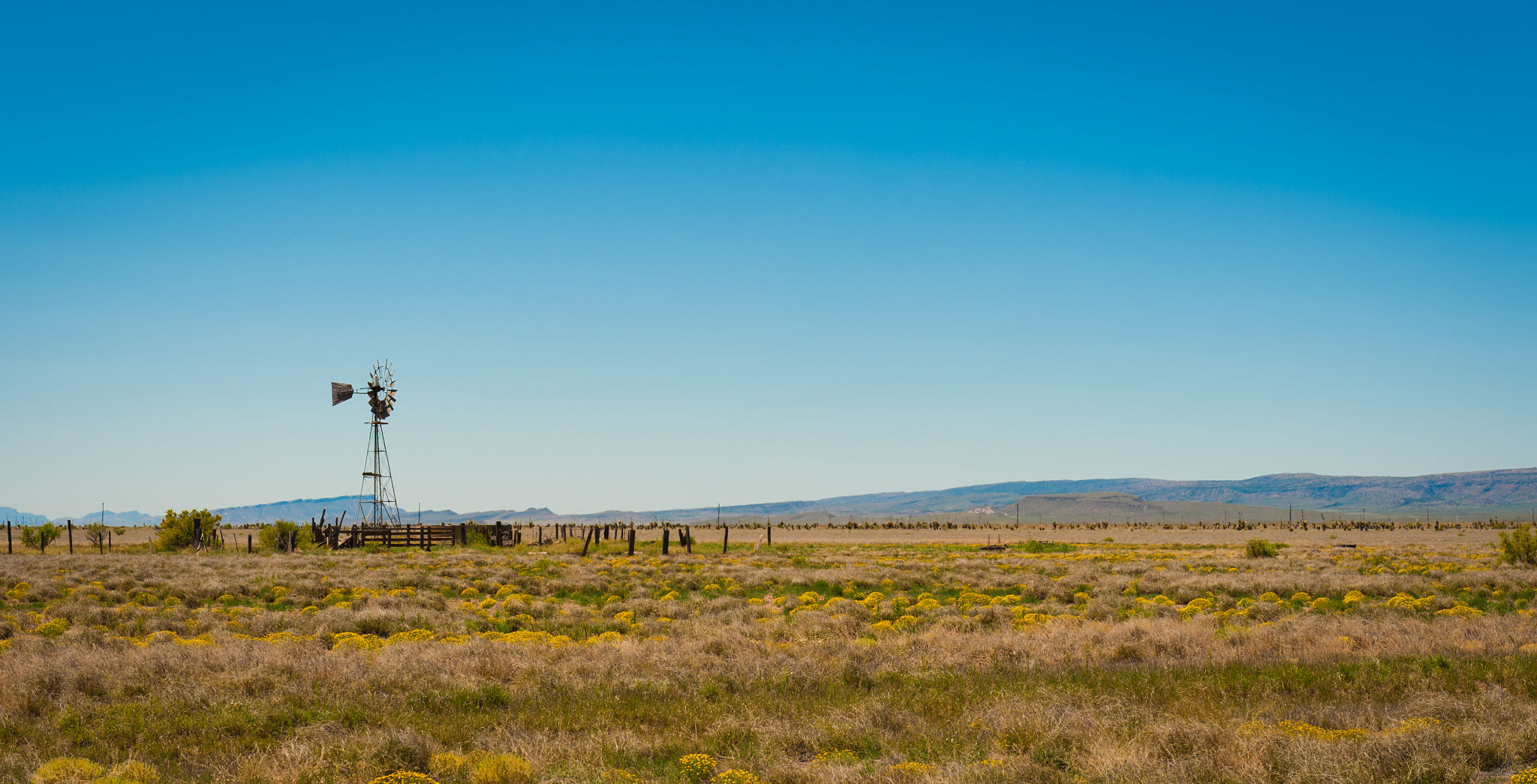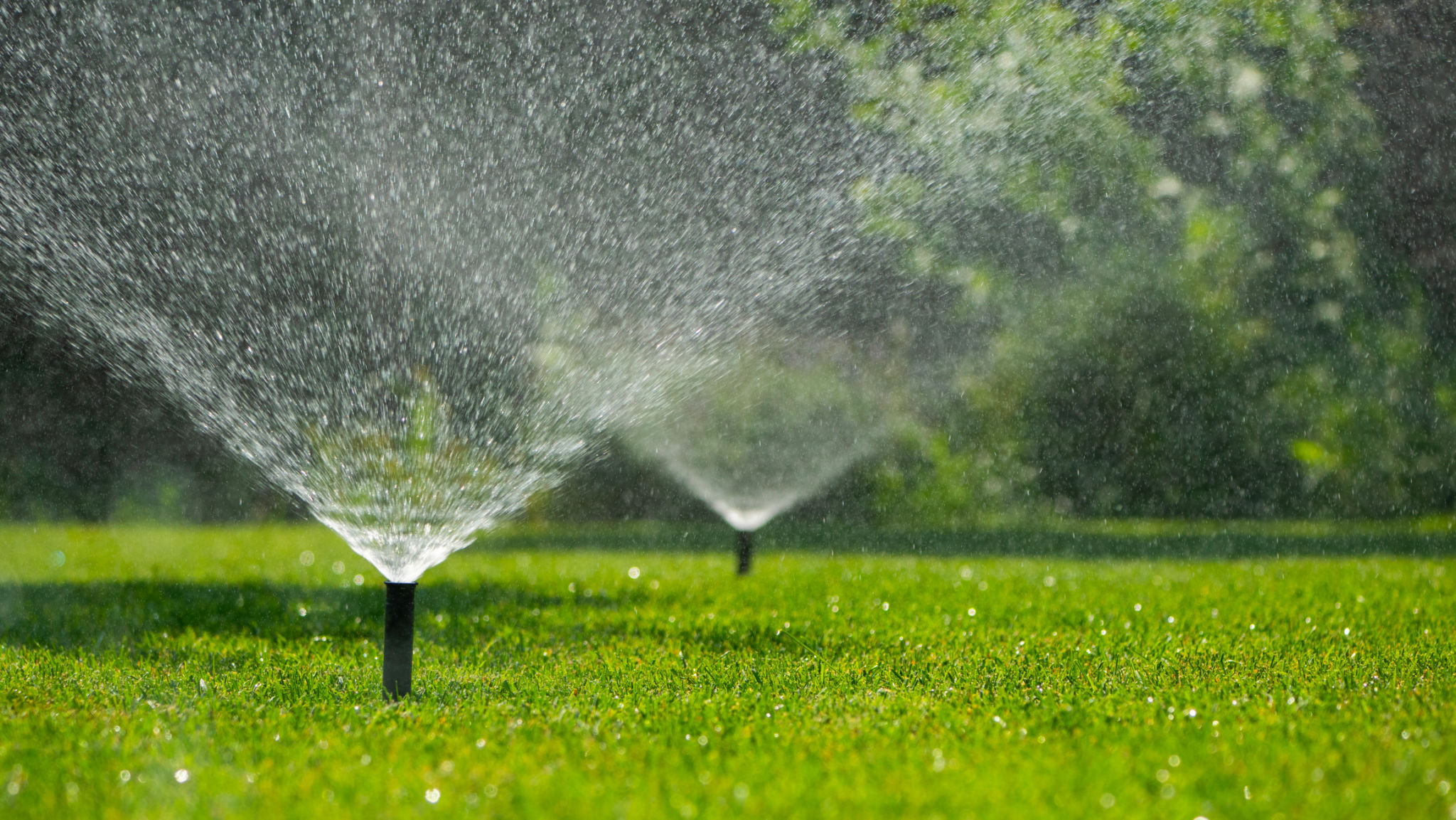How to Prepare Your Farmland for Spring Planting in Texas
Understanding the Texan Climate
Spring in Texas is a critical time for farmers as they prepare their land for a variety of crops. Understanding the unique Texan climate is essential. Texas experiences diverse weather conditions, from mild and wet in the east to arid in the west. This diversity affects when and how you should prepare your farmland. Knowing your local weather patterns helps you choose the right planting times and methods.

Soil Testing and Preparation
Before planting, it's crucial to test your soil. Soil testing helps determine pH levels, nutrient content, and soil composition. Based on the results, you may need to amend your soil with fertilizers or organic matter to create a fertile environment for your crops. Preparing your soil in advance ensures that plants have the nutrients they need to thrive.
Once you've amended your soil, it's time to till the land. Tilling aerates the soil, improves drainage, and makes it easier for roots to grow. However, over-tilling can lead to soil erosion, so it’s important to find a balance that suits your specific land conditions.
Choosing the Right Crops
Texas offers a variety of crops that thrive in its climate. From corn and cotton to tomatoes and peppers, selecting the right crops is vital for a successful harvest. Consider factors such as market demand, crop rotation, and your farm's soil quality when choosing what to plant.

Crop rotation is another critical factor. Rotating crops helps manage soil fertility and pest control. For example, legumes can be used to fix nitrogen in the soil, benefiting subsequent crops like corn or wheat.
Ensuring Adequate Water Supply
Water management is a significant challenge for farmers in Texas due to its varied rainfall. Establishing an efficient irrigation system can make a significant difference in crop yield. Drip irrigation systems are particularly effective as they minimize water waste and deliver moisture directly to the plant roots.
It's also important to monitor local water regulations and ensure that your water usage complies with state laws. Conserving water not only benefits the environment but also reduces operational costs.

Pest Management Strategies
Pests can pose a significant threat to crops, so having a proactive pest management strategy is essential. Integrated Pest Management (IPM) combines biological, cultural, physical, and chemical tools to minimize pest damage while reducing environmental impact.
Regularly monitor your fields for signs of pest activity. Early detection can prevent infestations from spreading and help maintain healthy crops throughout the growing season.
Final Preparations Before Planting
As planting time approaches, double-check that all equipment is in working order. Tractors, planters, and other machinery should be serviced to prevent any disruptions during planting. Make sure you have all necessary seeds, fertilizers, and pesticides ready for use.
By taking these steps, you ensure that your farmland is well-prepared for the upcoming planting season, setting the stage for a successful harvest. With careful planning and attention to detail, you can make the most of Texas's growing season and enjoy a bountiful yield.